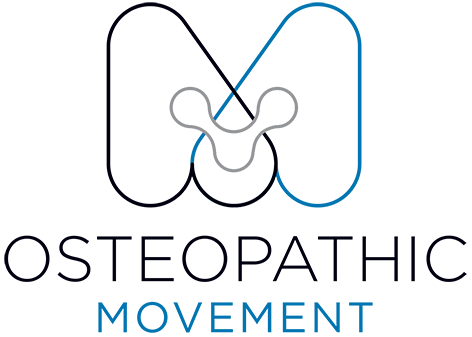Hamstring Injuries
Hamstring Injury Recovery: What Works (and What Doesn’t)
Hamstring injuries can be the bane of an athlete’s existence. They’re among the most common sporting injuries — affecting both high-performance athletes and recreational “weekend warriors.” Unfortunately, hamstring strains are often managed poorly, leaving many people vulnerable to recurring injury and long-term weakness.
Outdated Recovery Methods: Why R.I.C.E. Is No Longer Recommended
For decades, the standard advice for soft tissue injuries was the R.I.C.E. method (Rest, Ice, Compression, Elevation). However, this approach is now outdated.
Current evidence suggests that complete rest and excessive icing may actually delay tissue healing.
Modern injury management focuses on early, gentle movement and progressive loading, rather than immobilisation.
Short rest periods and occasional ice may help reduce pain in the first 24–48 hours.
The priority, however, should quickly shift to gradual mobility, light activation, and restoring load tolerance.
Early Stage Rehabilitation
Once pain levels allow, begin gentle hamstring contractions.
Try this simple exercise:
Lie on your stomach and gently bend your affected knee, holding briefly at the top, then slowly lower your leg back down.
These isometric contractions help maintain muscle activity and stimulate healing without excessive strain.
Gentle stretching can also help recovery. While it’s tempting to focus on the hamstring itself, stretching the quadriceps, hip flexors, and glutes can ease tension on the injured area and restore healthy balance around the pelvis.
Progressing to Strengthening
When the initial pain subsides, you can begin hamstring and glute activation exercises. Early rehab should focus on controlled, low-intensity movements to rebuild stability and coordination.
Examples include:
Glute bridges
Standing hamstring curls
Hip hinge movements
As recovery continues, exercises can gradually become more dynamic and sport-specific, under the guidance of a qualified practitioner.
Individualised Rehabilitation Matters
There’s no “one-size-fits-all” timeline or exercise plan for hamstring recovery. Each person’s injury is unique and influenced by:
Severity and location of the strain
Age and conditioning
Training load and movement patterns
Previous injuries or compensations
An experienced osteopath can identify these factors and develop a tailored recovery program that restores strength, flexibility, and resilience — reducing your risk of re-injury.
If you’ve recently sustained a hamstring injury or continue to experience tightness or weakness, our experienced South Yarra osteopaths at Osteopathic Movement can help. We provide hands-on treatment, rehabilitation guidance, and progressive strengthening to restore movement and prevent future injury. Book your appointment online or contact us to begin your recovery.
Written By Dr. Dayne Sweres (B.AppSci(CompMed), M.Osteo)
